If you could send a close-up photo of some of the foliage that’s in focus it will be easier for us to identify this for you. From this distance there are two possibilities: the first is one of the spring-flowering spireas such as ‘Snow Mound’ and the second is a green-leaf barberry. If it has thorns, it’s the barberry. If it blooms with white flowers in the spring it’s a spirea. The pruning method depends on your goal. In general, it’s best to prune plants for appearance NOT to control size. Unfortunately in the location where you have these shrubs this is hard to do in that you’ll undoubtedly want to keep these plants from covering the windows. But both the spirea and the barberry are genetically programed to get at least 5 feet tall which presents a problem in that you’ll be fighting the growth of these plants FOREVER. There will be a time, probably soon, when you’ll have to admit that it’s impossible to keep them small.
The other problem is that in order to keep them smaller you’ll most likely have to shear them into a more formal hedge, instead of the more loose, informal look you have now. If you shear a spirea it removes the very characteristic that makes it attractive in the first place: the loose, flower-filled branches. Yes, you can cut it back after it flowers in the spring but you change the shape of the plant and it won’t be as attractive in years to come. Likewise for the barberry.
In general, pruning for appearance involves first removing any deadwood, next cutting out (with pruners not shearing tools) crossed branches and anything that’s wildly out of shape, and finally a snip here an there if needed but no wholesale cutting of the stems.
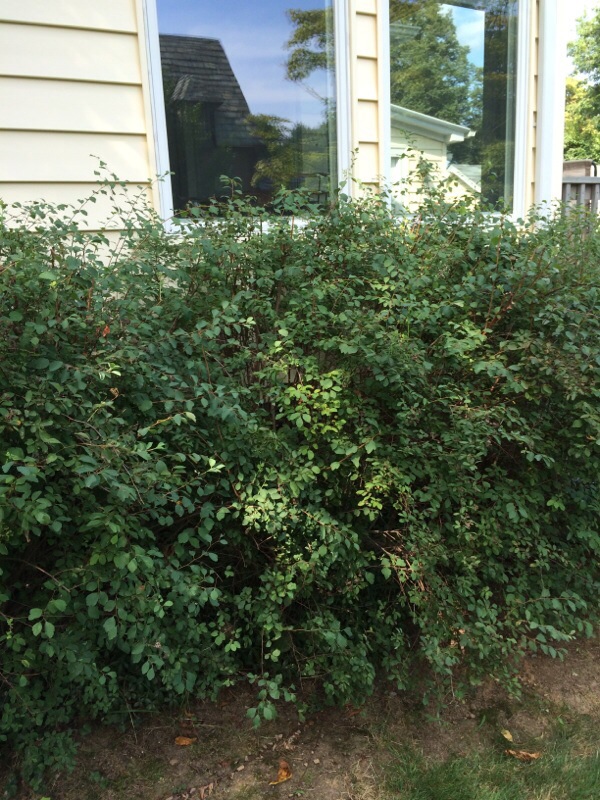
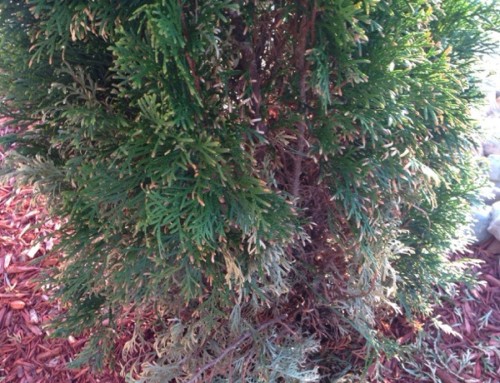
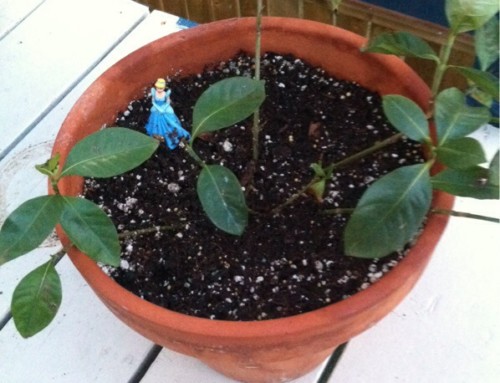
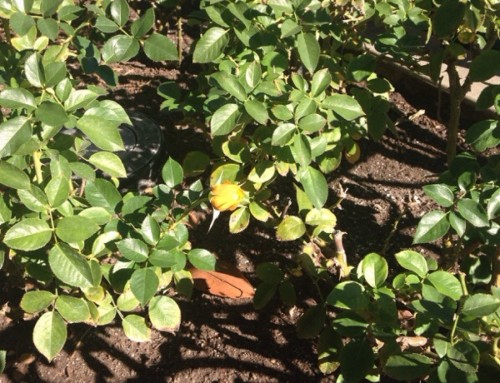
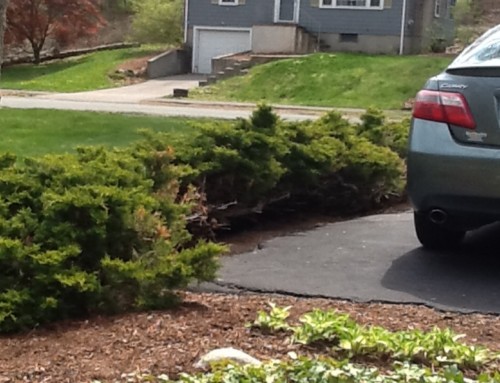
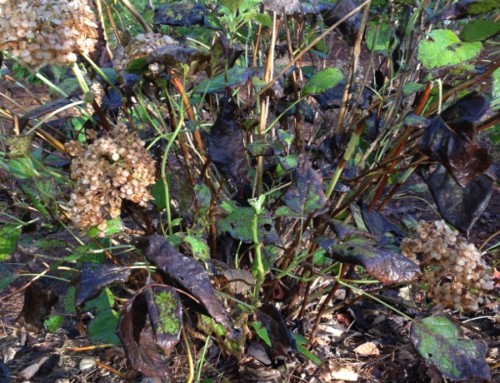
Leave A Comment